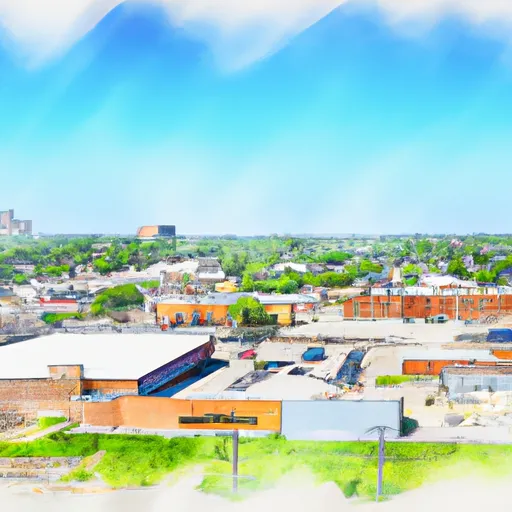°F
°F
mph
Windspeed
%
Humidity











Kingsbury, Texas is a small town located in the southeastern part of the state, in Guadalupe County. The climate in Kingsbury is characterized as humid subtropical, with hot summers and mild winters. Average summer temperatures range from the mid-80s to low 90s Fahrenheit, while winter temperatures typically range from the mid-40s to high 50s. The area experiences moderate rainfall throughout the year, with occasional thunderstorms during the summer months.
Hydrologically, Kingsbury is situated near the Guadalupe River basin, which provides a vital water source for the town. The river offers various recreational activities such as fishing, kayaking, and boating. Additionally, nearby Lake Placid provides opportunities for water sports and swimming.
In terms of outdoor recreation, Kingsbury offers several opportunities for nature enthusiasts. The area is surrounded by beautiful landscapes, including parks, nature reserves, and trails, perfect for hiking, biking, and birdwatching. Palmetto State Park, located just a few miles away, offers camping facilities, fishing, and scenic trails.
Overall, Kingsbury, Texas offers a pleasant climate, access to water bodies, and a range of outdoor activities, making it an appealing destination for nature lovers and those seeking outdoor recreation opportunities.
Weather Forecast
Kingsbury receives approximately 865mm of rain per year, with humidity levels near 90% and air temperatures averaging around 20°C. Kingsbury has a plant hardyness factor of 8, meaning plants and agriculture in this region tend to thrive here all year round.
Regional Streamflow Levels
83
Cubic Feet Per Second
11
Cubic Feet Per Second
13
Cubic Feet Per Second
9
Cubic Feet Per Second
Nearby Camping
| Camping Area | Reservations | Toilets | Showers |
|---|---|---|---|
| Jim Hogg - Lake Georgetown | |||
| Lockhart State Park | |||
| Lake Corpus Christi State Park | |||
| Camp Mabry Military | |||
| Cypress Creek - Lake Travis | |||
| Emma Long Metropolitan Park |



